Valley of delights: A guide to Ziro
Editor’s note: Ziro Valley is picture-postcard perfect and should be on every traveller’s bucket list. In this spectacular travel guide to the charming town in Arunachal Pradesh, Sumita Chakraborty takes us through its gorgeous landscapes and hiking trails, the local culture and the exquisite Apatani cuisine.
Written by: Sumita Chakraborty is a Mumbai-based journalist with over 20 years of experience, who writes on lifestyle, travel and entertainment. She was the former editor at Stardust Magazine and is currently the Founder and Editor-in-Chief of TheGlitz.Media. You can follow her on Instagram @sumita11ster.
Over to Sumita…
Untouched by the tangles of time, Ziro Valley in Arunachal Pradesh is a stunning hamlet nestled in a scenic valley, almost 115 kms away from Arunachal Pradesh’s capital, Itanagar. This fairytale gem is home to the indigenous Apatani Tribe, and is known for its spectacular emerald valley, terraced rice fields, and lush pine forests, framed by clear blue rivers.
Over the past decade or so, Ziro has slowly become a “must visit” for tourists thanks to the Ziro Music festival and the endeavours of Ziro Valley Tourism.
First, the basics
Right Time To Visit: The best time to visit is between September to November… I did, and was utterly charmed by this scenic place. The temperature during these months can fluctuate from 20 degrees in the day to a chilly 13 degrees at night. The weather tends to behave for the most part, though there may be occasional bouts of rain. For those who may prefer a quieter ambience away from the crowds, the place is stunning during March to May as well.
Winter in Ziro is fabulous too. It’s freezing cold but there’s something mystical, almost poetic, about the fog and the mist embracing the terraced rice fields. You need to pack a few hoodies, a raincoat (there may be occasional bouts of rain), a warm, thick jacket, and perhaps ear muffs (I needed them as my ears tend to tingle in the cold).
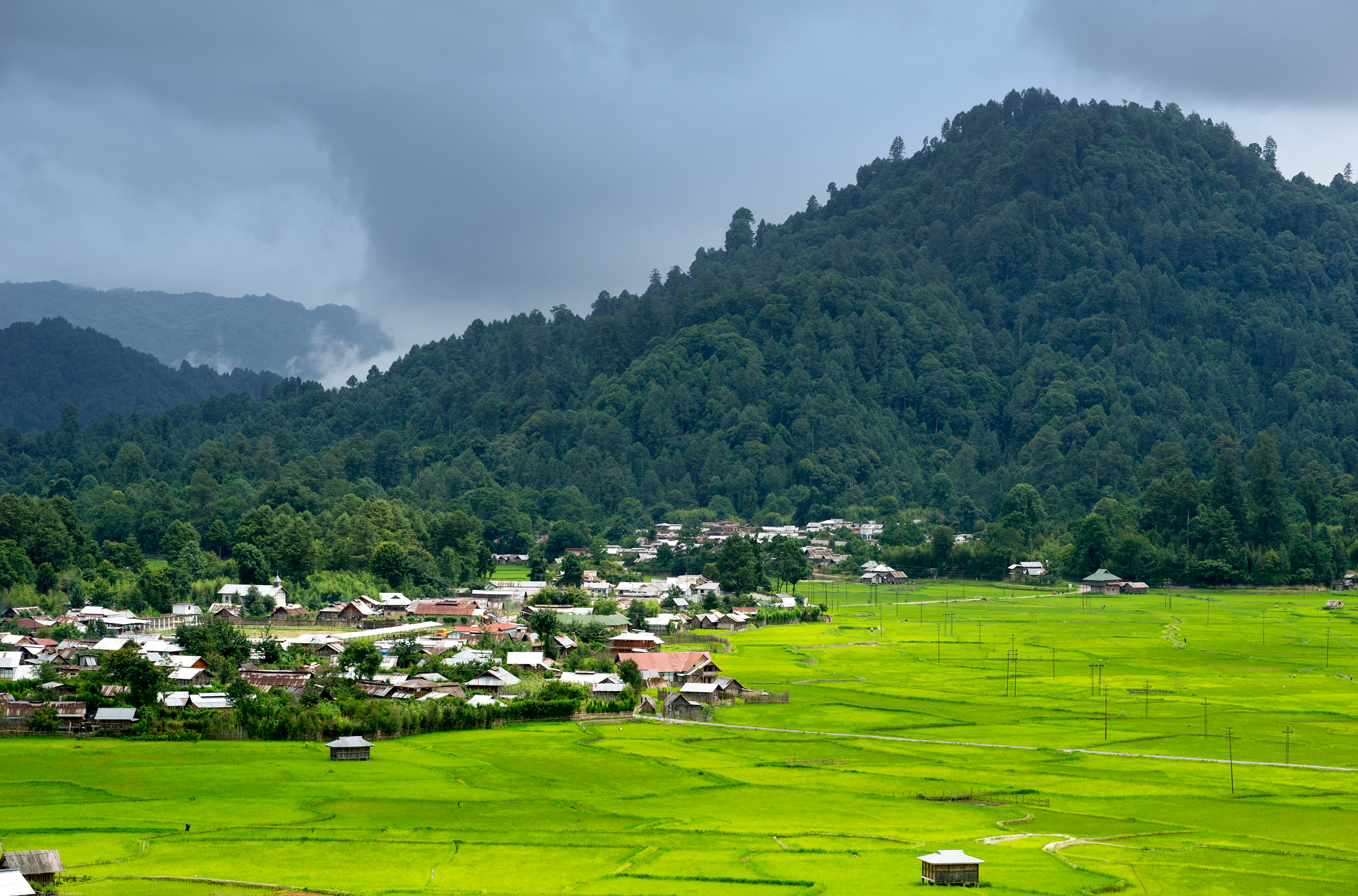
How to get there: I flew from Mumbai to Lilabari Airport in Assam as this is the closest functional airport to Ziro. You can also travel from Guwahati or Dibrugarh but that takes longer.
Taxis: From there, it took me around six hours to reach Ziro. You can hire a car or get a share taxi from outside the airport. The cost for a full taxi starts at Rs. 5,000; for share taxis, it’s Rs. 500-600 per person. I did hear that the share taxis tend to pack you in like sardines, so pick with care. You can also pre-book your taxi or ask your homestay or hotel to pick you up. The locals are friendly and I found it safe to travel solo.
There are self-drive options available in Guwahati. But please note, this is mountain terrain and can be difficult to manoeuvre. The route was bumpy and the worst hit was my rear. But I reached in one piece. Perhaps not exactly in one piece, as the serpentine turns got my innards twisting and turning. But I tend to be dramatic.
Trains: You can also take the train to Naharlagun which is approximately 100 km from Ziro. From Mumbai, the train takes almost two days. You can hire a taxi from the station, to take you to the valley.
Train options:
Arunachal Express: Naharlagun-New Delhi
Intercity Express: Guwahati-Naharlagun
Shatabdi Express: Guwahati-Naharlagun
Note: Trains during peak season or during the Ziro Music Festival, typically held in late September, are fully booked, so book in advance.
Permits: To get to Ziro, it is mandatory for an Indian citizen from other states to get an Inner Line Permit (ILP), which can be applied for on Arunachal Pradesh’s official portal. This is a travel document that allows Indian citizens from other states to enter and move through the protected states, especially in the Northeast. Foreigners need a Protected Area Permit (PAP). You can get this on the Arunachal Pradesh official website.
Mobile connectivity: Can be bothersome. Airtel or Jio pre-paid SIM cards are the best options as they have more connecting towers around Ziro town.
Where to stay
Cosy homestays
Lempia Ude Homestay (see below): This is run by a warm and hospitable Apatani family. The rooms, while simple, are cosy, with wooden interiors. They even have a traditional fireplace and bed warmers for those freezing nights. I stayed here and loved every minute of it, right in the midst of the picturesque valley, and was treated to authentic Apatani food by my hosts. I even got the opportunity to pick kiwis with the locals. I must warn you that wi-fi and phone signals are pretty weak here, but the experience is worth it. Prices range from Rs 3,500 per night. To connect with them, contact lempiaude@gmail.com.
Nehabo Homestay: This homestay, located amid the serene hills of old Ziro Valley, gives you a blend of traditional Apatani and modern amenities. The common lounge is the hotspot where you meet other tourists or just talk to the locals serving at the homestay. It has a cute library, a fireplace, and little nooks for conversation. Prices start from Rs 4,500 per night (inclusive of food).
Other than that, you will get a number of good homestays including Abasa Homestay at Siiro to Edi’s Orchid Homestay in the Hapoli region too, which are very good. Prices here too start from Rs 5,500.
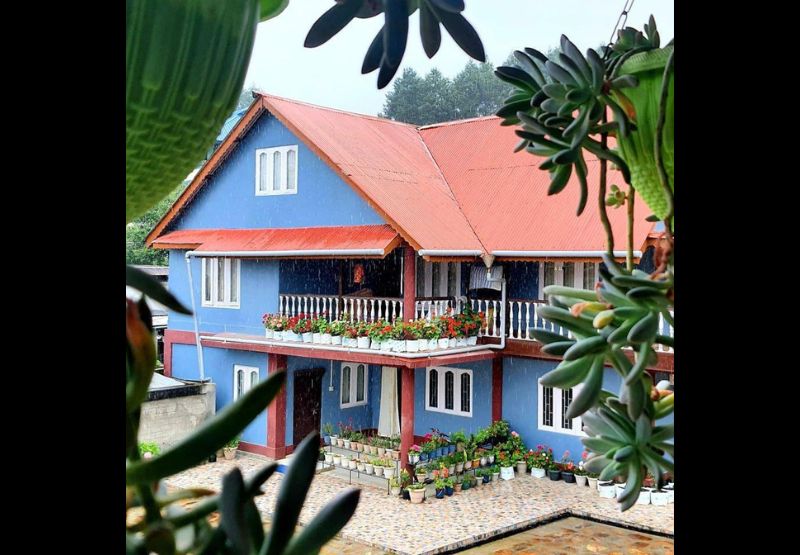
Hotels and resorts
Hotel Anne Ziro (see below): This sprawling hotel spans across 1,364 sq metres and is situated at Rake Lembo, Ziro. It’s a contemporary space, and offers rooms with amenities including wi-fi, bath tubs, and TVs. In addition, there are select rooms equipped with a kitchenette and a private balcony, as well as separate cottages. Here, the prices start from Rs 5,500.

Ziro Valley Resort (map): This gorgeous resort overlooks the huge terraced rice fields. The location is quiet and peaceful, and the space offers ample amenities including wi-fi and hot showers. It is, however, a bit further from the town centre, so you will have to travel quite a bit to go sightseeing. Prices start from Rs 3,000.
Ziro Palace Inn (Hapoli) (map): The best budget hotel around, plumb in the hub of everything—from markets to restaurants. A convenient, no-frills hotel that backpackers and budget travellers throng to. Prices start from Rs 1,000.
Kasa Resort (see below): A luxe accommodation, with air-conditioning and private bathrooms. They have on site a restaurant called Grand restaurant, which serves food ranging from continental cuisine to Apatani. Prices start from Rs 5,000.
Siiro Resort: A comfortable space with an in-house restaurant serving continental, Indian, and Apatani cuisine, though at times, the service is a little slow. Prices here start from Rs 3,000.
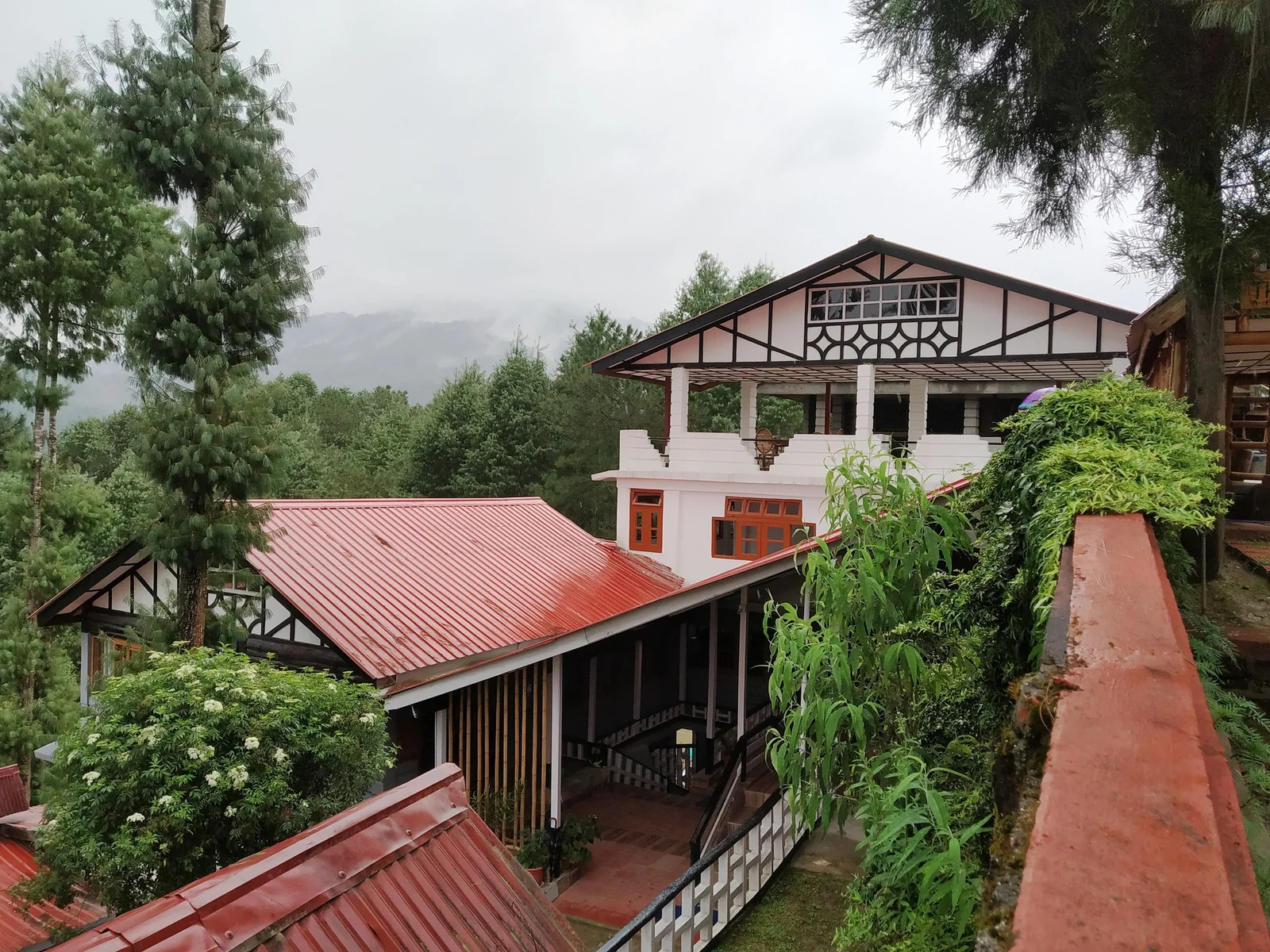
Into the wild…
For the more adventurous travellers out there, there are plenty of options for eco glamping and camping amid the gorgeous terrains of the valley.
Encamp Adventures: During the music festival, Encamp Adventures have their tents beside a pine forest lake. It’s priced at Rs. 18,500 for four nights and five days. The price drops to approximately Rs. 9,500 if you bring your own tent.
Camp Zingaros: This space has concrete toilets and mud-free elevated levels, where you can set up your tents. Priced at Rs 17,500 for 4 days and 5 nights.
BagpackGo Adventures: They have alpine tents with clean toilets and charging points. And bonfires too! Priced from Rs 17,500.
Breakbag Community Camps: These camps are priced at Rs. 16,500, inclusive of tents and breakfast.
Oddessemania Glamping (see below): This one is super luxe. You can even get a guided tour to wineries, village walks, and paddy fields. The tents are luxurious. Prices vary.
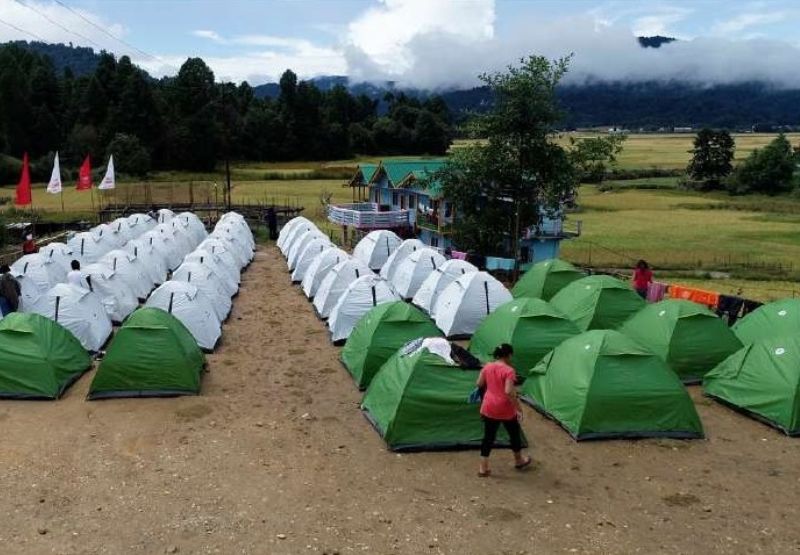
The much-loved music festival
The valley sees a heavy influx of tourists who visit Ziro to attend the famous Ziro Festival, which takes place in September every year. It brings together a range of indie bands and artists, both Indian and international, with local traditional arts flourishing alongside contemporary music. Most hotels are fully booked around the festival so you have to plan in advance. Prices range from Rs 5,000 for a full festival pass. Rs 2,000 for tents for camping on site.
Things to see and do…
Ziro is a small scenic hamlet, but there are quite a few interesting hotspots. You can backpack or trek through the misty rice paddy fields; experience from up close the Apatani tribal culture; hire a motorcycle and bike your way merrily through town.
Siikhe lake (see below): This is in Hapoli and is considered one of the most picturesque spots here. It is Arunachal Pradesh’s first artificial lake and is a great place for picnics and boating, or to just laze around. It is approximately 4 km away from the town centre.
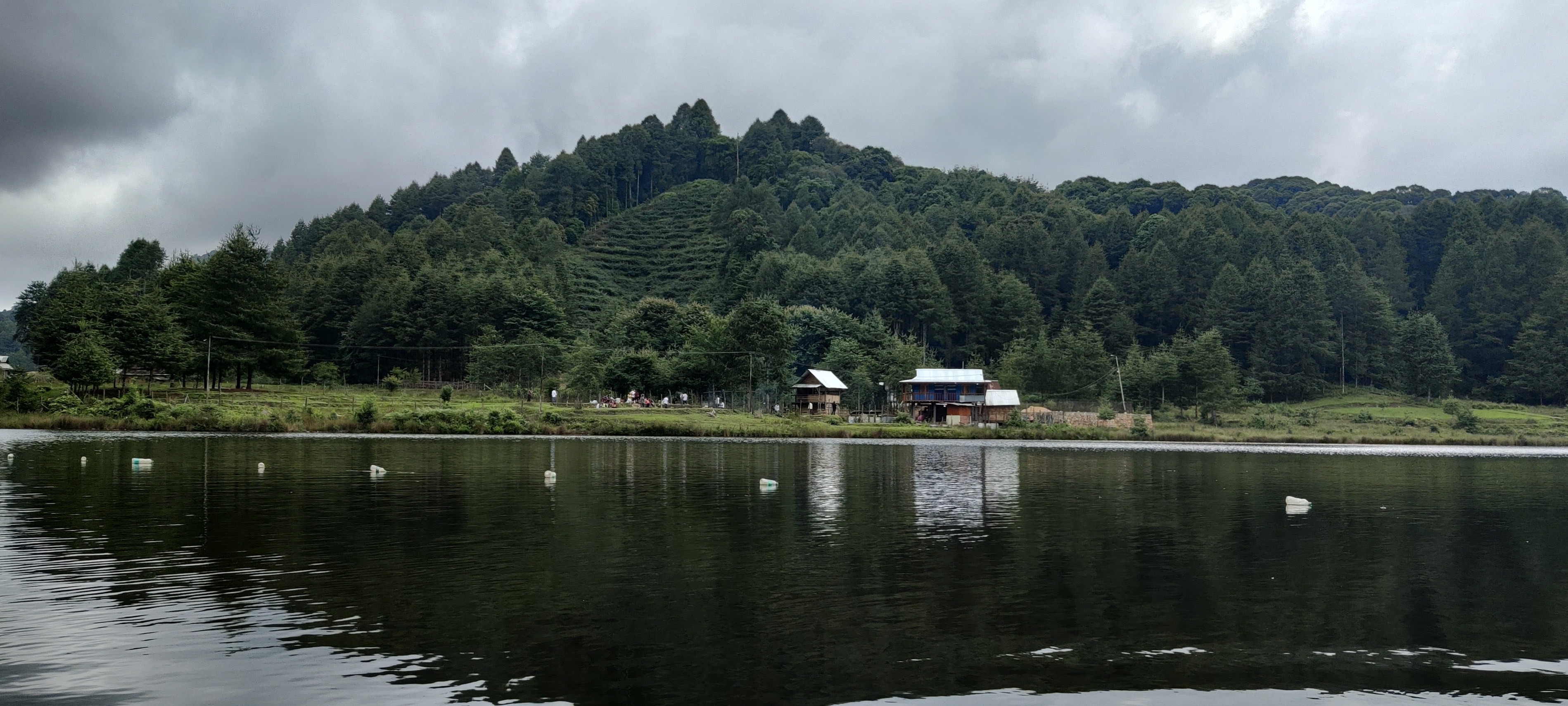 Talle Valley Wild Life Sanctuary: This is around 16 km away but is absolutely stunning, with amazing trekking spots. This sanctuary is home to many endangered species like the Black Eagle, Clouded leopard, Mishmi Takin, Red Panda and the Himalayan black bear.
Talle Valley Wild Life Sanctuary: This is around 16 km away but is absolutely stunning, with amazing trekking spots. This sanctuary is home to many endangered species like the Black Eagle, Clouded leopard, Mishmi Takin, Red Panda and the Himalayan black bear.
I suggest you take a guide as the meandering paths are a bit confusing and, at times, lonely. There are many locals who know the place well and will charge you Rs 2,000 onwards. They will take you to the right trekking sites.
Tarin Fish Farm: Nestled in the serene Bulla village, Tarin Fish Farm—within a 3 km radius—is one of most fascinating tourist attractions here. It offers a first-hand glimpse of the indigenous practices of the Apatani tribe. Visitors can see how the Apatani grow two types of rice, Miyoh and Emoh, along with fish farming.
Ziro District Museum (map): If you love museums the way I do, go for this. You get to see rare photographs, tribal artifacts, and traditional Apatani crafts. The museum showcases the festivals and the lives of the Apatani indigenous tribes.
Hong Village: Here, I suggest you get a local guide who can take you around Hong village, which is one of the largest and most traditional Apatani villages in Ziro Valley, offering a mesmerising glimpse into a way of life untouched by time.
You get to see bamboo houses perched on stilts, women adorned with distinctive nose plugs, and men carrying traditional knives—all symbols of the rich Apatani culture. Guided tours range from Rs 2,000 to Rs 5,000.
Megha Cave temple (map): This is a 300-year-old Shiva temple perched on a cliff. The climb is arduous but very rewarding. You should try the climb at the crack of dawn, it’s spectacular. It is open from 4 am to 5 pm.
Sree Siddeshwar Nath Temple Siva Linga (map): You can also check out the iconic Sree Siddeshwar Nath Temple Siva Linga, located at Ziro Valley. This natural formation is a huge attraction for tourists.
Tipi Orchid Research Centre (map) (see below): This is a lush botanical haven devoted to the preservation and study of orchids. Spread across 10 hectares of verdant landscape, the centre boasts a stunning orchidarium, advanced tissue culture lab, herbarium, and a sprawling glasshouse that showcases nearly 1,000 orchid species, each elegantly displayed in pots and cascading baskets, creating a living mosaic of colour and fragrance.
 Kile Pakho Viewpoint: It is the best sunrise point around, offering a panoramic view of the terraced rice fields and the snow-capped Himalayas.
Kile Pakho Viewpoint: It is the best sunrise point around, offering a panoramic view of the terraced rice fields and the snow-capped Himalayas.
Apong Rice Brewery: A visit to the local brewery is indeed fascinating. You may even get an opportunity to brew a small batch. Though it is free to visit, you may have to pay for tasting.
Time to get trekking…
Dolo Mando: Perched on a hill in the charming old town of Hija, this is the trekking and hiking trail to go to. This scenic trek showcases Ziro’s panoramic views of the terraced rice fields, winding rivers, and a horizon painted in green and gold. It takes 2-3 hours to complete.
Midey: Another popular trekking trail, where you can spot majestic pine trees and spellbinding vistas. The trail winds serpentinely through bamboo groves and showcases Ziro’s untamed vistas.
My guide was a bit more adventurous than the others and he offered to show us some offbeat gems like the Pamu Yalang Viepoint, which offers a scenic sunrise point. It is less crowded so you can soak in the view at your leisure. It’s not generally part of the standard trek but there are some guides who do take you there.
The Ziro Bamboo Traditional Bamboo Graveyard is unique as it showcases how the Apatani tribe marked their dead with bamboos. It is a sacred site, a bit eerie though as it sent shivers down my spine. But then, I’m a bit hyper imaginative!
The culinary delights at Ziro
Eating Spots: At Ziro valley, there are a lot of small eateries around, especially in old Ziro. Ziro Resort and Siiro Resort have their own restaurants. A meal here could cost approx. Rs 600 and above. Blue Pine restaurant serves up some delectable momos—both veg and non-veg. You get excellent Apatani home-cooked food at Abasa Homestay as well as most homestays. But if you want to try out local food, try the small roadside stalls that serve up excellent chowmein and momos.
Food & Beer at Ziro
Bamboo shoot fry: This is a vegetarian dish made out of bamboo shoots and sautéed to perfection. Must try.
Apong: This is a traditional rice beer. However, do note that it is classified as non-vegetarian (for reasons unknown, at least to me!).
Tapyo: Vegetarian salted cake made out of rice flour. An acquired taste but it grows on you.
Pika Pila: A pickled pork dish made with bamboo shoots and local spices. Super yum!
Pehak: This is a tangy chutney made out of fermented soya beans and the dynamic king chilli.
Yapong: Rice beer that is a bit stronger than Apong.
Thukpa: A robust soup made out of vegetables or meat.
Chura Sabji: Local leafy vegetables with fermented cheese… very tasty.
Smoked meat: Smoked chicken and pork. I loved this!
Momos: Dumplings filled with chicken, vegetables, or pork.
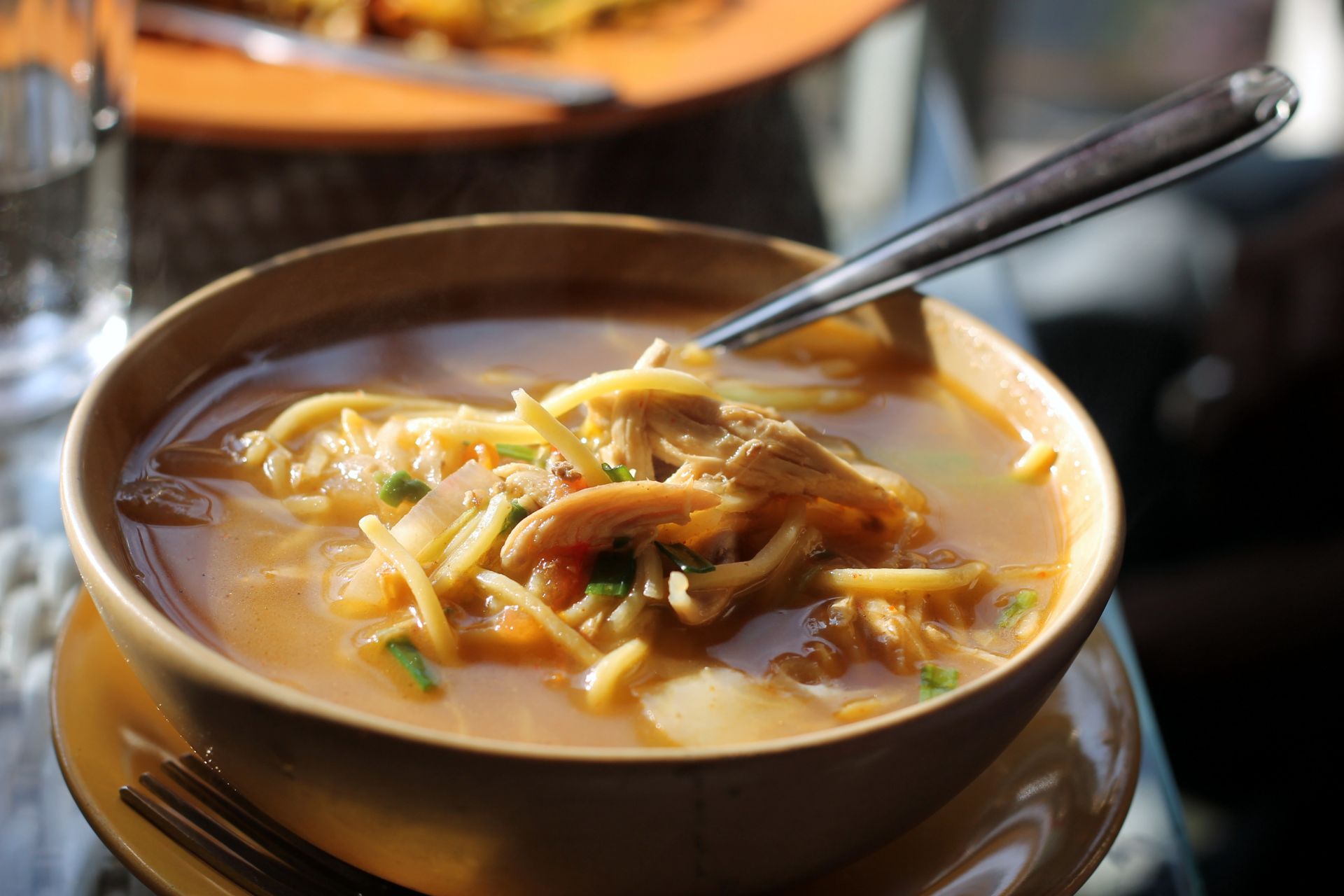
What to shop for
The small local market in old Ziro is excellent to pick up bamboo items including wall hangings, artefacts, and baskets. You can also pick up handwoven clothes, souvenirs, woollen carpets, and traditional carpets. I picked up a super smart jacket from the Mamani store at Tengabasti at Lakhimpur (map). There, you have a fab collection of leather goods.
Old Ziro Market (map) is another place where you can get good handwoven crafts and souvenirs. I collect mementos from the places I travel to, so I loved the local souvenir shops. In fact, if you walk through the narrow lanes of the market, there are rows of shops selling hand-woven crafts, mementos, woollens, leather goods. I shopped till I dropped… and grew roots. They had to drag me out of this place!


 souk picks
souk picks